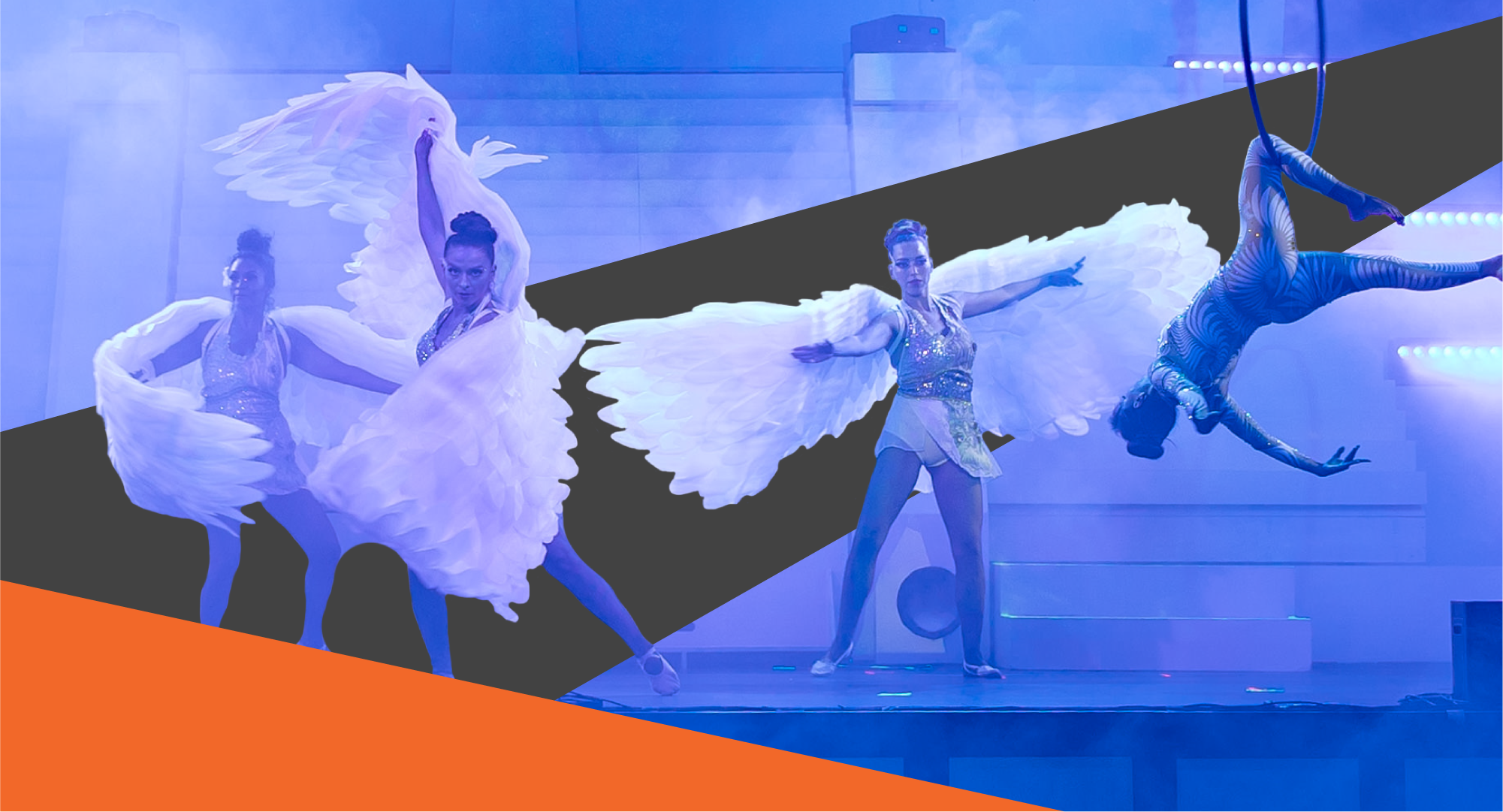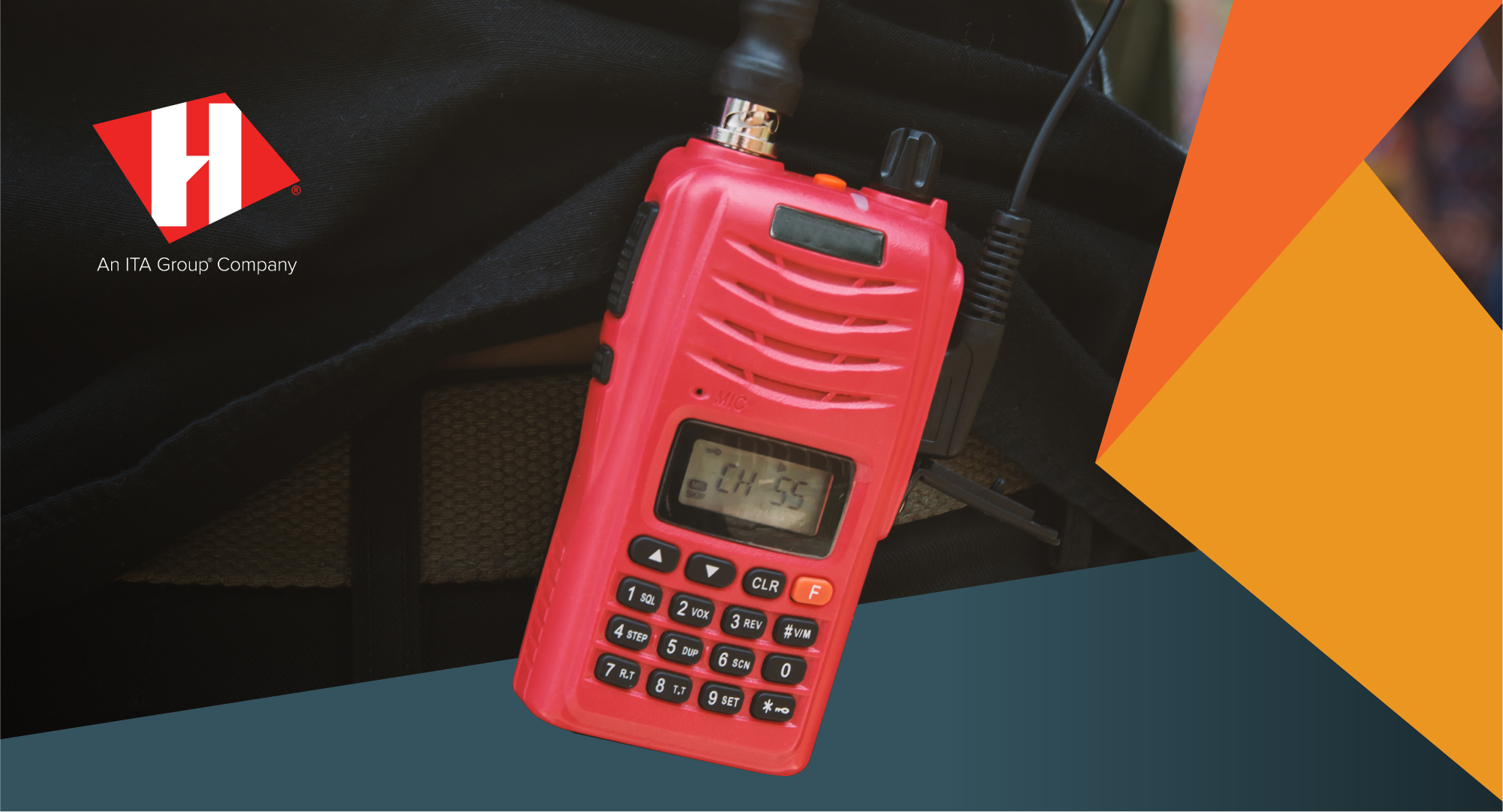9 Ways Space Planning Informs Event Strategy
Friday July 11, 2025
4 Min Read
Space planning is the first step in developing an event’s environmental design. Whether the event is in a convention center, at a cultural venue or courses through city streets, understanding all the unique features and constraints of a space puts effective event planning in motion.
For creative event strategists, space planning is much more than pulling out a calculator. It’s the first step to achieve an environmental design vision. It’s akin to how an artist sizes up a canvas or a graphic designer pixel maps a project. Attendee experience is a chief consideration, from site inspection onward.
Here are nine ways space planning supports the overall event strategy and the story attendees experience:
1. Space planning encourages event designers to begin from an attendee perspective.
Space planning starts with a site inspection. Visually evaluating the area involves walking through it and noting first impressions from a human standpoint. Asking: What do I see? What do I feel? What do I smell? What do I hear as I’m approaching? puts the event designer through the same steps that the attendee will take. Answers to these questions inform the attendee journey.
2. Space planning shapes event layout ideas with math.
Measurements matter. Event designers must map creative ideas and non-negotiable event needs against the square footage of a site. They consider show elements like staging, capacity for the expected crowd, and what size ratios will allow for the best attendee experience and behind-the-scenes support.
In space planning, event designers consider the relationships between attendee and production areas. We think in terms of “positive space” areas where attendees will interact with each other and the event.
3. Space analysis ensures event attendees can meet their needs.
Keeping attendees comfortable is a key aspect of event design. Planning around and highlighting amenities like restrooms and water stations informs attendee flow and influences wayfinding.
4. Space planning supports event production elements.
Minimizing production footprints leaves ample room for attendees, and masking unattractive necessities (think: trash facilities, generators and technical support) keeps the event magic alive. Consider operational aspects of the event as well. Is there a security presence? Will the event require areas for live broadcasts? Smart planning should keep production and support areas as efficient as possible.
Remember: Behind-the-scenes work often improves the attendee-facing experience.
For instance, providing clear and direct pathways for catering helps get food on buffets more quickly. Planning a comfortable backstage greenroom space for speakers can strengthen content delivery.
Related: Read how environmental designers blend artistry and engineering to accomplish audacious spaces.
5. Space analysis contributes to smart event budgeting.
Choosing a venue based solely on provided specs is risky. Ideally, space planning can take place prior to venue contracting. This ensures all the necessary event production infrastructure (power, rigging, etc.) is available.
Unfortunately, we’ve seen situations where events have had to move cities because space planning considerations weren’t properly considered and the venue couldn’t support production. Making sure you have a site inspection before you contract can avoid costly changes or moving venues.
6. Space management enables “flipping” for different event purposes.
When a ballroom must do double duty (or more!) during a conference, space planning is key to fast flips that keep the environmental design fresh. Space planning starts with sketches that environmental designers use to inform detailed renderings. Production teams use these plans to change seating, convert staging, swap decor, etc.
At a venue in Miami, proactive space planning made flipping a meals room into a nightclub with a headliner possible, even in a time crunch.
7. Space analysis maximizes event sponsor engagement on a trade show flow.
Space planners work to predict traffic patterns for product expos and trade shows.
Amenities and pathways create “desire lines” that impact decisions about booth placement and where to put experiential activations.
Sponsors expect maximum engagement and positioning them in high-traffic spots can lead to more scans. This is where collaboration between environmental designers and event analytics is crucial. Gathering empirical data by heatmapping, measuring dwell times, etc. with event technology confirms whether predicted patterns played out. Learnings should inform future event design.
8. Space planning cuts down on queuing up.
Sometimes, when a line forms, it signals that something exciting is happening in an area. Like a sponsor hosting a popular giveaway or hands-on activity.
But queues keep attendees from fully engaging. Trying to seat 6,000 people in an auditorium? Space planners consider how to effectively fill the room.
Incorporating event technology, such as self-service kiosks, is also shrinking the square footage dedicated to registration areas. New ticketing and registration tools allow guests to breeze through, and welcome areas are now a place to connect instead of simply wait.
9. Space planning makes room for VIP experiences.
Executives, sponsors and speakers appreciate private spaces. Event designers can carve out secure lounges with private restroom access, reserve special seating areas and map seamless pathways for VIPs as part of space planning.
Looking for more event planning tips? Dive into advice from our event production and environmental design experts.
Read more stories
View AllAll Posts
Event Design for All 5 Senses
What you need to know When people ask about the lasting impression of an event, the question is often framed around flavor: What kind of taste did the experience leave? Content and messaging matter. But for creative event marketers who want to create a positive memory, incorporating multisensory elements is a must. Caring for the...
5 Min Read
All Posts
How Event Strategy Enhances Incentive Travel Experiences
What you need to know When top performers achieve career heights, they’re looking for more than spectacular views. Earning a corporate incentive trip signals entry into an elite circle. Especially when organizations merge luxury settings with high-impact events that participants could never coordinate on their own. Appealing to competitive personalities requires activations that go beyond...
4 Min Read
All Posts
How to Develop a Security Plan for Corporate Events
What you need to know Before attendees fully engage in an event experience, they must feel safe. That’s why security planning is foundational for successful live events, at any scale. From hosting a group of executives for an intimate dinner to a city-wide celebration in the streets: behind every seamless experience is a well-designed safety...
5 Min Read



